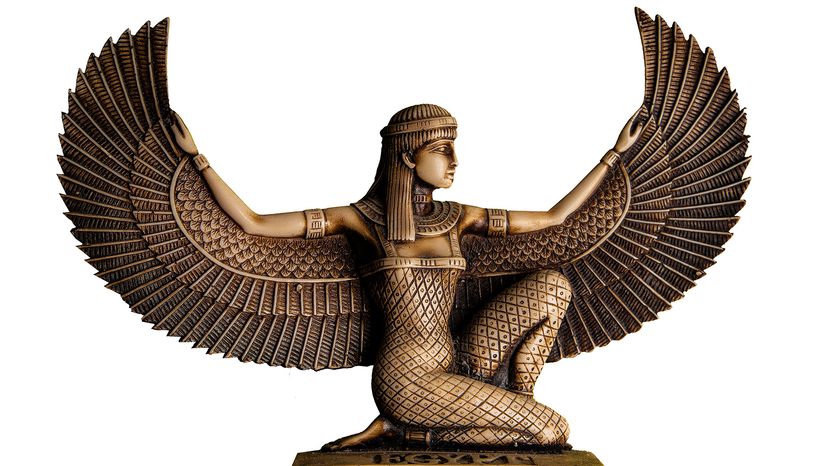
Isis, goddess of healing and funeral rites, was one of the most important Egyptian deities and arguably one of the most prominent female deities in the ancient world.
Isis was a magical healer who could resurrect dead gods and mortals alike. She was also the divine mother of her young son Horus, a powerful ancient Egyptian god who ruled over the sun and sky. Her young son Horus is often compared to the Christian Jesus since many of their life events run parallel.
Advertisement
Because she conceived her child through magic, Isis is considered an early member of the virgin goddess archetype. However, Isis differs from the traditional immaculate conception Virgin Mary story from Christianity since she pieced her dead husband together like Frankenstein to do the deed.